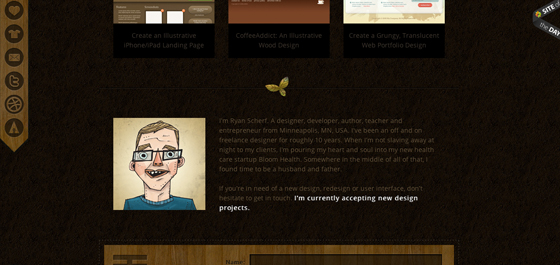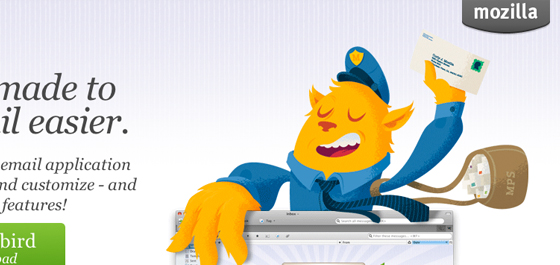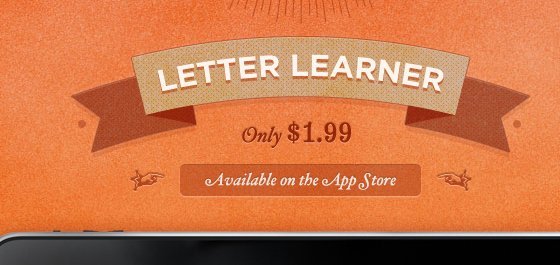Online Business Vs. Traditional Business
To grow globally is the dream of
every businessman. A person who starts business on his own effort should need
strong determination and positive efforts to make his business successful. Even
a well established business needs right efforts to make his business /product/
services successful.
For success of any business marketing policy plays an important role. To increase your business growth, you need strong marketing team with knowledge of thorough marketing strategy. No matter how great your business idea is or how promising your products or services are, without marketing, all of those are simply meaningless.
For success of any business marketing policy plays an important role. To increase your business growth, you need strong marketing team with knowledge of thorough marketing strategy. No matter how great your business idea is or how promising your products or services are, without marketing, all of those are simply meaningless.
What’s so great about having a perfect product when nobody knows
about it?
With the increasing role of online marketing, you need
to be able to devise specific strategies tailored for online market, while
working on the best practices in the off line world. With that being said, it
is very important that you understand the differences between online marketing
and traditional marketing, and how you can benefit from both.
So what is the difference between traditional marketing
and internet marketing? Let me break this down to you in as simple as I can so
you can understand what we are talking about in here.
Traditional
Marketing is defined as being able to meet customers on a daily
basis in order to make profit. This includes the “old school” approach of
advertising, selling and meeting with the needs of consumers. In order for this
type of marketing to be known, you take control of advertising through
newspapers, yellow pages, billboards, flyers and anything that people can take
notice of everyday. It could be a flash of neon lights, a big tarpaulin ad,
radio advertisements and even tv commercials. So over all, it’s the “non-techy”
type of marketing.
Traditional marketing is very costly. It needs long time and
budget to get success. Till the date it is consider as proven marketing
technique for promoting product or company. In traditional marketing the
various media are used for marketing products such as Television, Radio, Print
[newspaper, magazines etc.], Outdoor and many other media. Traditional
Marketing is very effective, time-tested and proven way to make business or
product popular.
Internet Marketing on the other hand has
different definitions. Online or internet marketing allows anyone to start an
online business for little or no cost and begin to gain profits from the
comforts of their home. By using internet marketing strategies, people can work
from their computers at home even without the need for opening an actual store
or business establishment. Internet marketing allows the person to own and
start their business without bothering to market or advertise their product or
services in a newspaper or magazine.
Internet
Marketing or Online Marketing is the medium to promote product or service
through internet. The marketing strategy for any business becomes same for
traditional marketing or online marketing such as all factors of market
research. Today, Internet Marketing is considered as very faster and economical
medium for promoting product and business growth.
Internet Marketing strategies covers a various services like search engine optimization (SEO), search engine marketing (SEM), email marketing, SEO copy writing, web development, pay per click (PPC) advertising, banner advertising, directory submission, blog writing and many more.
Internet Marketing strategies covers a various services like search engine optimization (SEO), search engine marketing (SEM), email marketing, SEO copy writing, web development, pay per click (PPC) advertising, banner advertising, directory submission, blog writing and many more.
Importance of Internet Marketing Vs.
Traditional Marketing
Internet Marketing is very economical and fast way to promote product.
Traditional Marketing is very expensive and takes more time to promote product.
Internet Marketing is very useful for promoting product globally [without any additional cost].
It is very expensive and time consuming process for traditional marketing.
In Internet Marketing, you can also work with less employs [you can take more work with less manpower].
In Traditional Marketing, you need more employment with more man power which in terms requires spending more money.
In online business you can sell or buy product 24 X 7, round the year without employing any person.
That is not possible in traditional marketing.
Paying Professional and Experienced Internet Marketing Company is very economical.
Paying renowned Advertising and Marketing Company is very costly.
Internet Marketing is very economical and fast way to promote product.
Traditional Marketing is very expensive and takes more time to promote product.
Internet Marketing is very useful for promoting product globally [without any additional cost].
It is very expensive and time consuming process for traditional marketing.
In Internet Marketing, you can also work with less employs [you can take more work with less manpower].
In Traditional Marketing, you need more employment with more man power which in terms requires spending more money.
In online business you can sell or buy product 24 X 7, round the year without employing any person.
That is not possible in traditional marketing.
Paying Professional and Experienced Internet Marketing Company is very economical.
Paying renowned Advertising and Marketing Company is very costly.
Keep in mind that internet marketing has many advantages
compared to traditional ones; it’s not that hard to choose really. That is if
you are willing to really invest in this kind of field. So if you think
internet marketing is better, you be the judge. Go ahead and observe what’s
going on online and you will see how much it has changed the face of marketing.
Considerations
Incorporating
innovative marketing methods is an effective way to supplement your current
marketing campaign. For example, you can have a print, radio or commercial spot
advertising your product or service. With these advertisements, you can then
plug your company's blog or social media feed. Supplementary marketing methods
are great for interacting with your customers, offering special promotions and
increasing your online presence.













